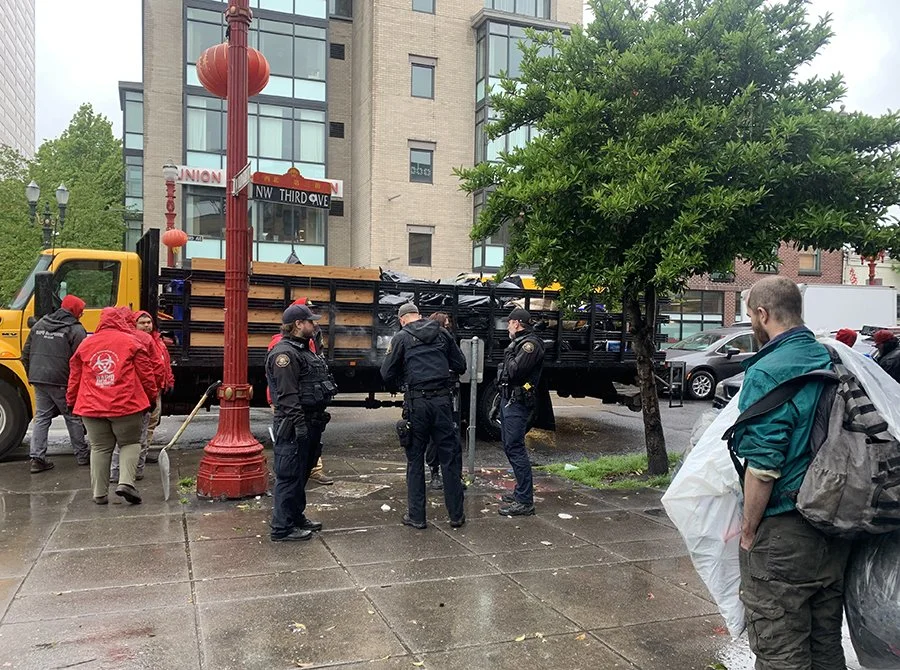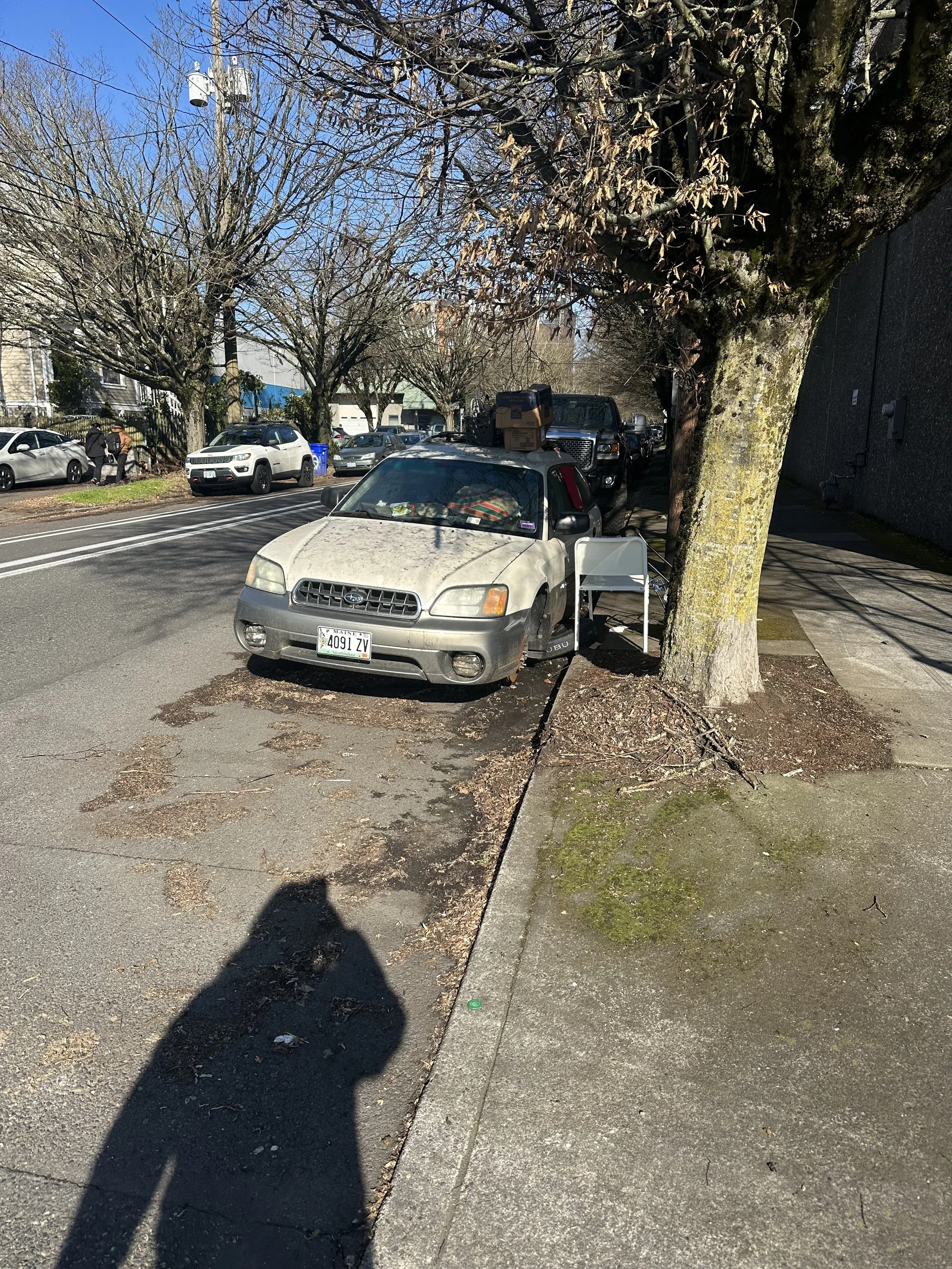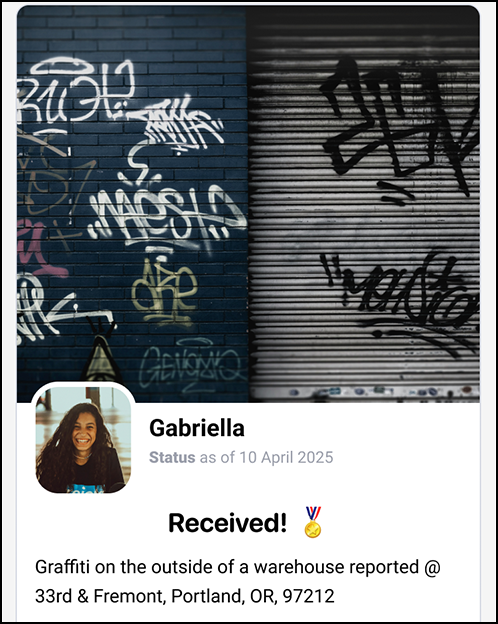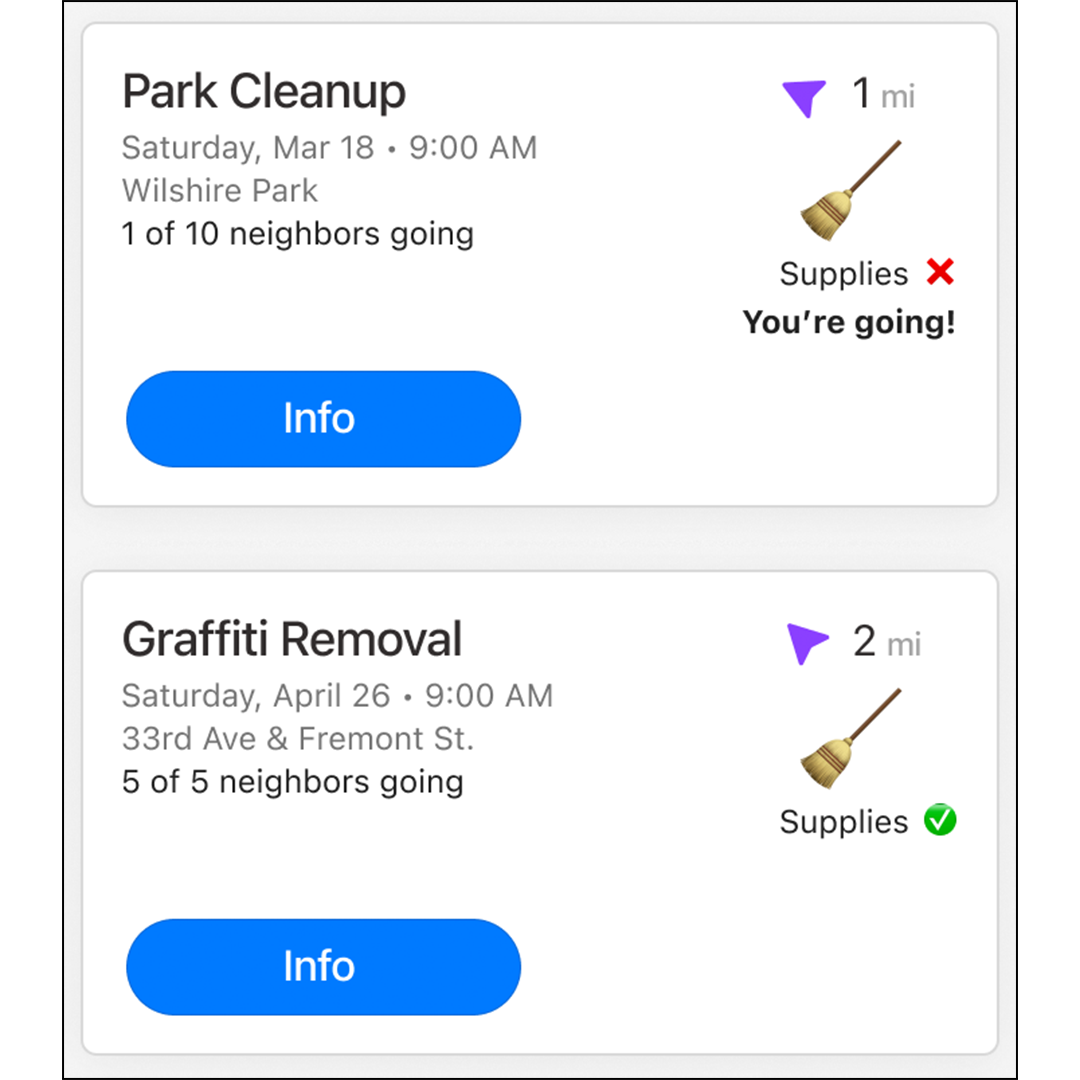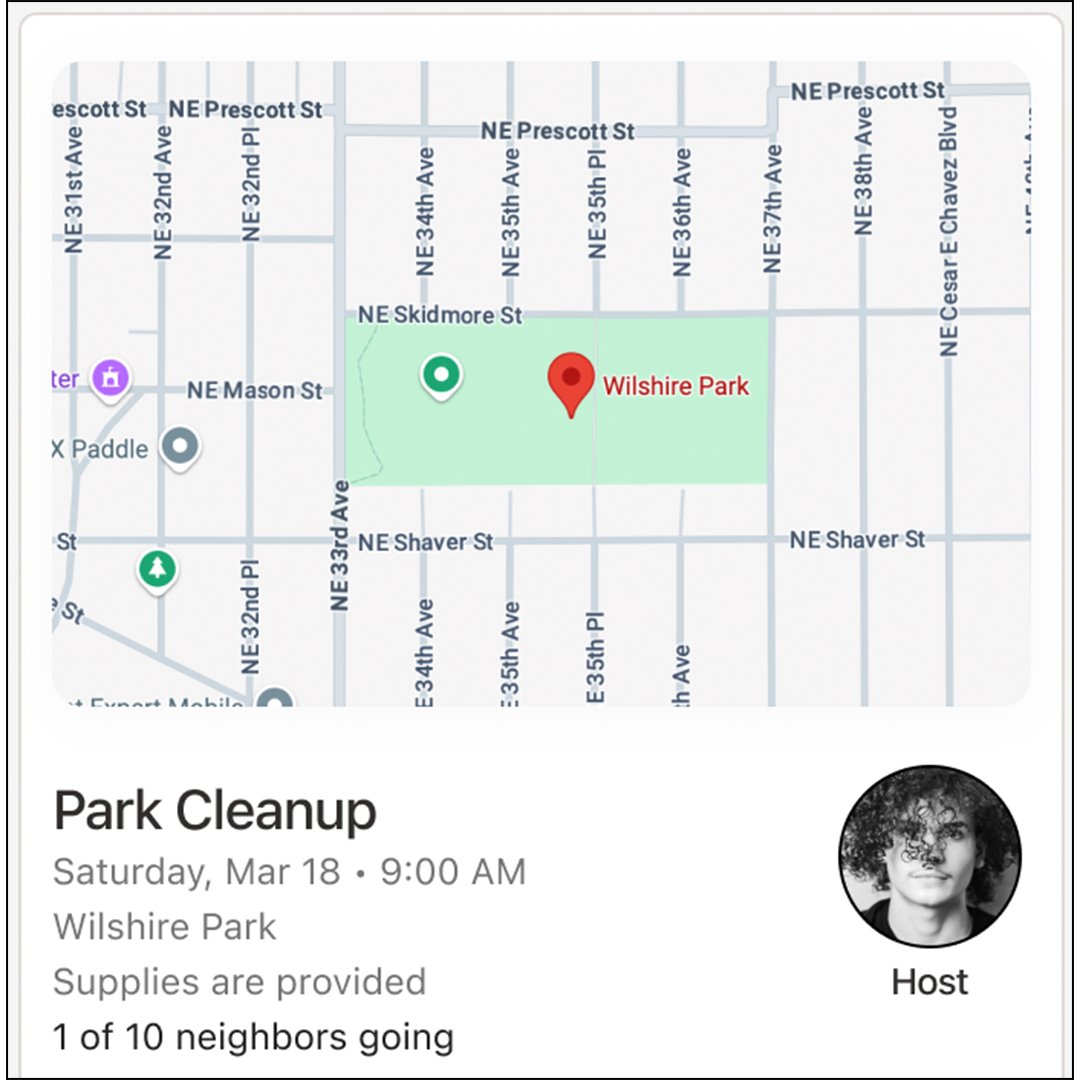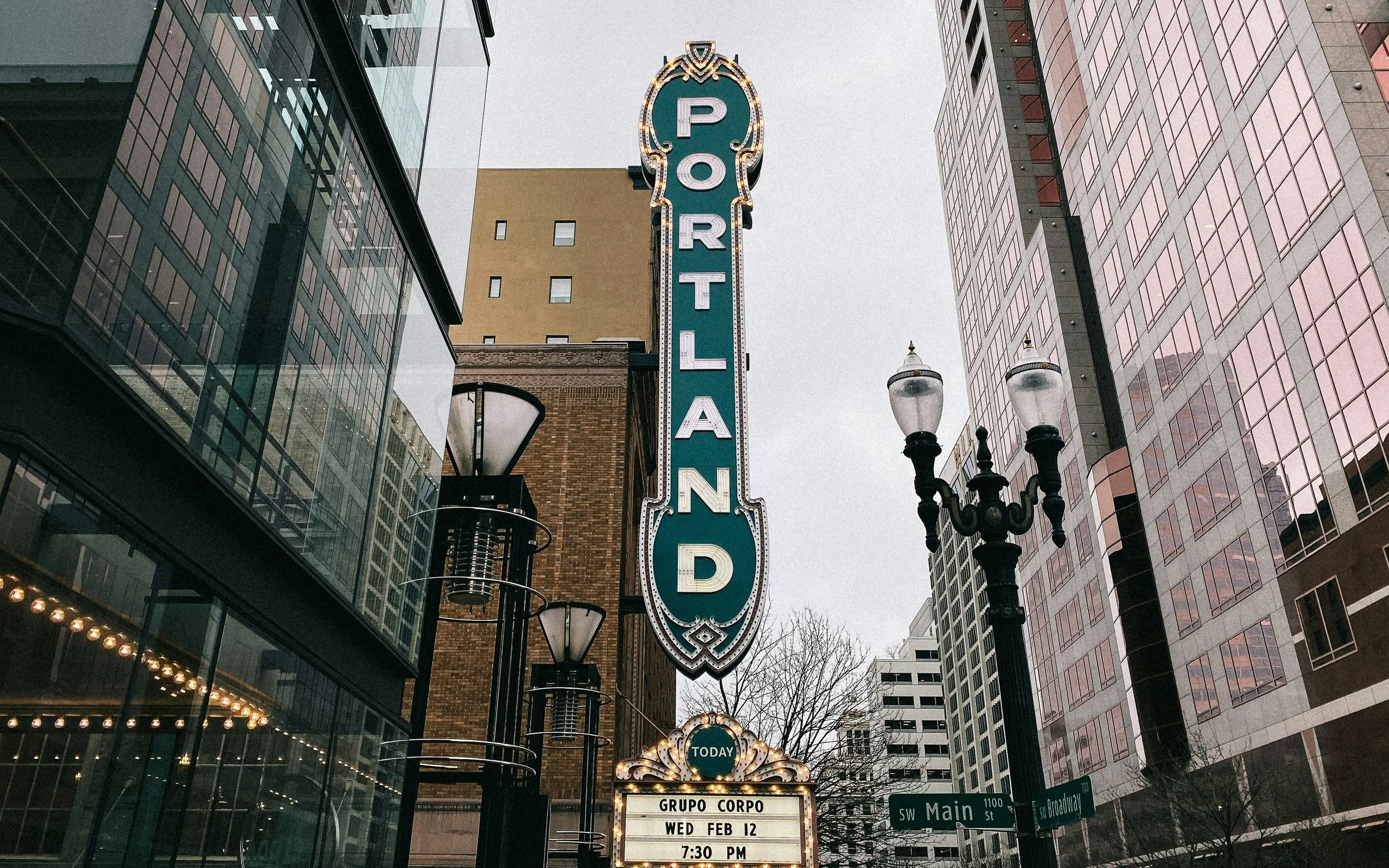NeighborLink: Empowering Portland Residents to Improve Urban Livability.
Executive Summary
NeighborLink is a UX design project that addresses Portland's diminishing urban livability through a streamlined mobile application. The app enables residents to easily report urban issues like trash, graffiti, abandoned vehicles, and homeless encampments, creating an effective communication channel between citizens and local government. This case study examines the research, design process, and implementation plan for NeighborLink, highlighting how thoughtful UX design can empower community action and improve civic engagement.
Challenge
Portland, known for its creativity, artisan culture, and natural beauty, but the city has experienced significant urban challenges in recent years. Following reductions in community support and budget for the Portland Police Department, the city has faced:
Increasing amounts of trash and graffiti
Growing homeless encampments
A rise in stolen and abandoned vehicles
Declining population and city revenue (facing a projected $100 million deficit)
The challenge was to create a solution that would address these issues while acknowledging the sense of defeat many residents felt about the city government's responsiveness to community concerns.
Research Methods
Discovery Interviews
Conducted 45-minute interviews with six Portland residents ranging from 19-78 years old from various neighborhoods.
Desk Research
Analysis of peer-reviewed sources including the seminal "Broken Windows" theory of neighborhood safety and empirical studies on mobile reporting systems in urban contexts..
Personas & Journey Maps
Created two detailed user personas with corresponding current- and future-state journey maps:
Jamal Wilson: 28-year-old remote software developer, new to the neighborhood
Maria Santos: 42-year-old small business owner with 15+ years in her community
Comparative Analysis
SWOT and heuristic evaluation of four similar applications:
SnapSendSolve (issue reporting app)
Nextdoor (neighborhood network)
NYC 311 (government services)
City of Decatur app (municipal resource)
Key Insights
-

Desire for Simplicity
Users wanted a reporting process with three steps or fewer to reduce friction.
-
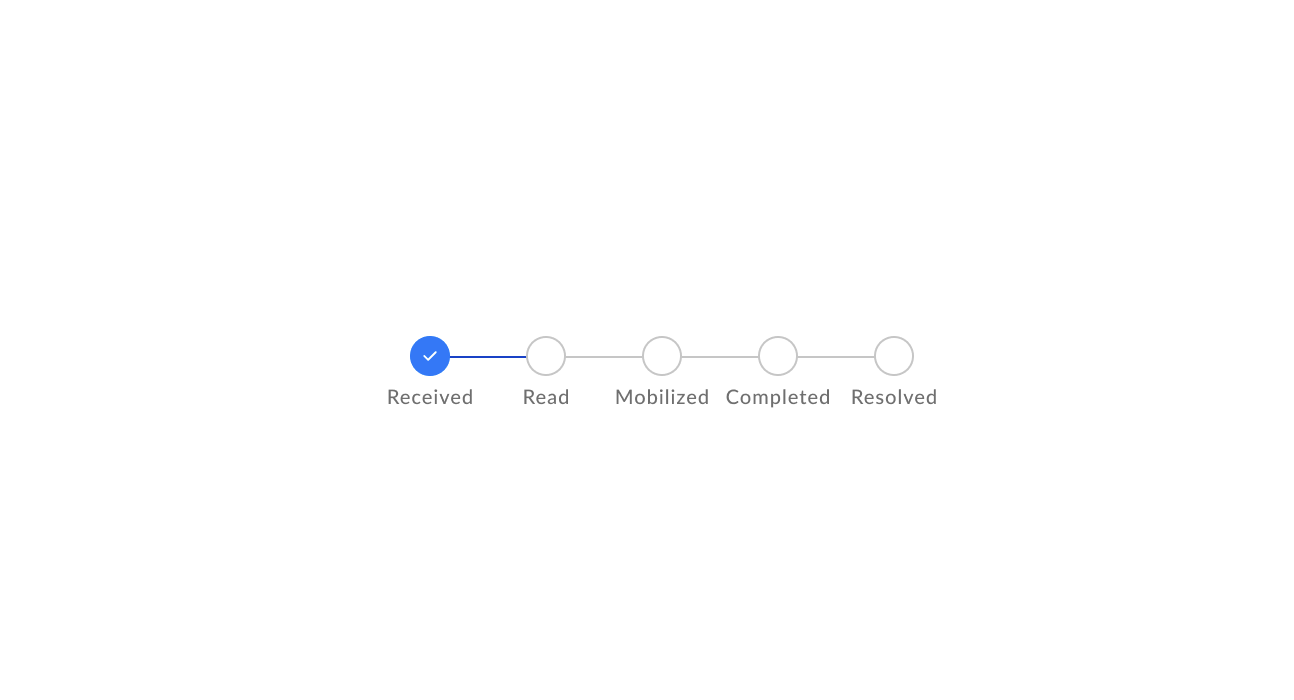
Need for Feedback
Confirmation receipts and status updates proved crucial for continued engagement and trust.
-
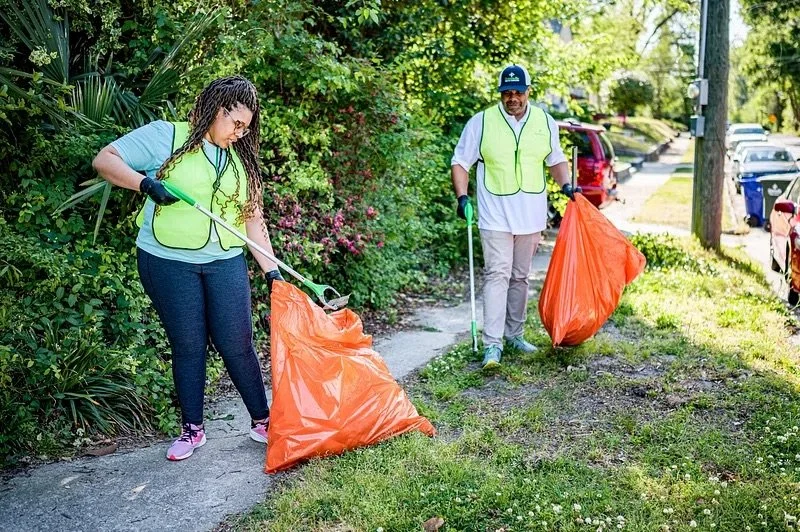
Community Connection
People were more motivated to address issues when they felt part of a collective effort rather than acting alone.
-

Location Relevance
Citizens were significantly more likely to report problems close to their homes or businesses.
Design Process
The design phase followed a systematic approach
Implementation planning was tracked in Trello, with a phased approach spanning February through April, progressing from research to design to testing.
One-Tap Photo Reporting
Enables instant reporting with automatic location detection, streamlining the process to three steps or fewer.
Solutions
Neighborhood Activity Feed
Shows nearby reports and resolutions, fostering community connection and collective action.
Volunteer Coordination
Facilitates community cleanup events, transforming individual concerns into group effort.
Reflections & Challenges
-
Civic Disengagement
Portland residents had grown accustomed to a government that didn't function well, requiring the application to rebuild trust, not just functionality.
-
Digital Community Building
Creating a sense of community while respecting safety concerns and different engagement preferences proved complex.
-
Technical Complexity
The details of transitions, account creation, and interface elements required significant attention despite appearing simple conceptually.
Next Steps
The project creator has established contact with the waste operations manager at the City of Portland Bureau of Planning & Sustainability to present the concept as a viable solution for implementation.
The goal is to create a compelling use case to help the city adopt the application to improve urban livability.
Conclusion
NeighborLink demonstrates how thoughtful UX design can address complex urban challenges by empowering citizens with simple, effective tools for civic engagement. By reducing friction in reporting, providing transparency in response, and fostering community connection, the application offers a path to improving Portland's livability through collective action rather than relying solely on strained government resources.


